
By Fredric Dannen
Note: This is the second of two articles about American playwright and Nobel laureate Eugene O’Neill, and his great autobiographical play Long Day’s Journey Into Night, which is being presented in Spanish, with English supertitles, at the San Miguel Playhouse.
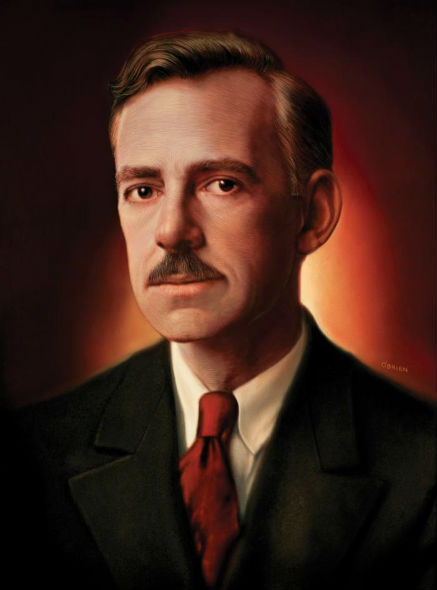
Great art comes from great suffering – so goes the myth. Bach’s first wife, Maria Barbara, died in 1720, and he delineated his sorrow in his monumental Chaconne. This is a great Romantic notion, except Bach was a Baroque composer, and there is no evidence to support the conclusion. Shakespeare’s young son Hamnet died in 1596, prompting the Bard to write...Hamlet? Well, no – that came five years later. In the meantime, he penned two of his sunniest comedies, Much Ado About Nothing and As You Like It.
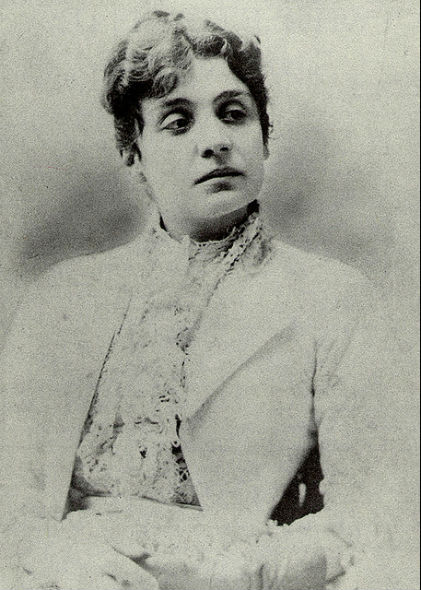
What, then, of Eugene O’Neill? Is there another American dramatist so durably associated with tragedy and disillusionment, both in his plays and in his personal life? O’Neill’s youth was decidedly unhappy. His mother, Mary Ellen, father, James, and older brother, James Jr., whether they outwardly admitted it, all blamed him for being born. To alleviate the pain of his birth, in a New York City hotel room in 1888, his mother took morphine prescribed by the quack hotel doctor, and became addicted to it. O’Neill hit bottom in 1912, at age twenty-three. While staying at a seedy New York rooming house called Jimmy-the-Priest’s – the model for Harry Hope’s bar in The Iceman Cometh – he attempted suicide by taking an overdose of barbiturates, only to be humiliatingly rescued by some of his fellow derelicts. Later that year, he moved back to the New London, Connecticut, summer home of his actor father. There, young Eugene learned that he had tuberculosis, and needed to be placed in a sanatorium.
In 1933, O’Neill the dramatist drew on the elements of his young adulthood at his father’s Connecticut home, and reimagined himself and his family as happy – the might-have-been life he had craved. The result was the playwright’s only well-known comedy, Ah, Wilderness! Not until eight years later, after O’Neill had already won the Nobel Prize for Literature, and was entering his final, most mature period as a dramatist, did he return in his mind to his New London home in 1912, to write the real, unvarnished account, the play that was to become Long Day’s Journey Into Night.
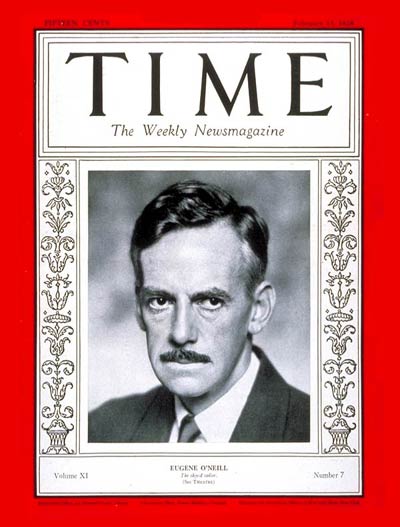
The result was the greatest O’Neill drama, in the opinion of many, the finest play ever written by an American. In Long Day’s Journey, the O’Neill family name is changed to Tyrone, but the father, mother, and older brother are assigned their actual given names. Eugene, however, is called Edmund – the name of the O’Neill family’s second son, who died of measles in infancy. (In reciprocity, the dead middle son’s name is changed from Edmund to Eugene.)
Just how true to life is this most uncompromising of family dramas? James Tyrone says that as a young actor, he was praised by none other than Edwin Booth, and that he might have become a great Shakespearean actor had he not let himself be identified with a single role in what he calls “the big money-maker,” a popular melodrama. This is true. James O’Neill gave over six thousand performances as the Count of Monte Cristo, in a stage adaption of the Dumas novel, and made a lot of money, at the sacrifice of his serious acting career. In contrast to his wealth later in life, James Tyrone grew up desperately poor in an Irish-American family, and has become, in the words of his son Edmund, “a stinking old miser.” When Edmund is diagnosed with tuberculosis and ordered to a sanatorium, Tyrone plans to send his son to a cheap state-run charity institution, until he is shamed into spending more money on a better facility. This is essentially what transpired in the real lives of James O’Neill and Eugene O’Neill.
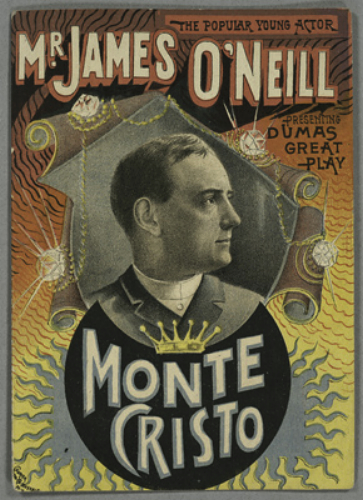
Mary Tyrone says that when her son James Jr., called Jamie, was seven, he had measles, and was warned to stay away from his baby brother, Eugene Tyrone. Instead, Jamie went into the baby’s room – “on purpose,” Mary believes – and Eugene contracted measles and died. This is essentially what happened to Edmund O’Neill – and Mary O’Neill never shook off the belief that Jamie did it on purpose, out of jealousy.
In perhaps her most famous line in the play, Mary Tyrone declares: “The past is the present…. It’s the future, too.” How well that statement describes the tragic strain in the O’Neill family. Eugene O’Neill may have been thwarted in his suicide attempt, but his Irish grandfather killed himself with rat poison (a circumstance discussed in Long Day’s Journey). And Eugene’s first-born son, Eugene Jr., committed suicide in 1950 by slashing his wrist and ankle with a razor. Mary Ellen O’Neill eventually overcame her addiction to morphine, but Eugene O’Neill’s second son, Shayne, was a heroin addict, and himself committed suicide in 1977 by jumping from the window of a Brooklyn apartment house. The one O’Neill family member who seemed to emerge unscathed and happy was the playwright’s third child, his daughter Oona, whom Eugene disowned for marrying film star Charlie Chaplin, in 1943, when Oona was eighteen and Chaplin was fifty-four.
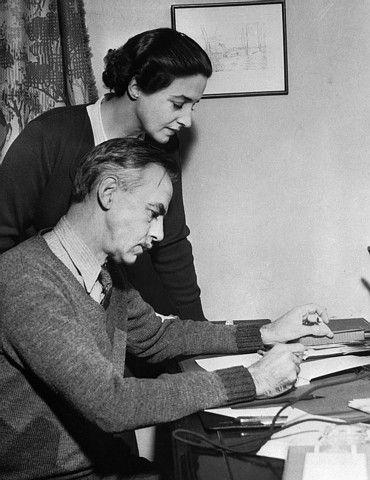
Perhaps mindful that past, present, and future merged in his family as a tragic continuum, O’Neill placed severe restrictions on the publication and performance of Long Day’s Journey Into Night. He decreed that the play was not to be published until twenty-five years after his death, and never performed in public. The typescript of the play was sealed in red wax and placed in a vault at the offices of Random House, O’Neill’s publisher. Responsibility for executing his wishes fell to O’Neill’s widow, Carlotta Monterey, a former actress and ex-beauty queen. The strong-willed Monterey was openly disdainful of the restriction, which she called “the twenty-five year box,” and almost immediately after O’Neill’s death in 1953, began making arrangements for publication and performance of Long Day’s Journey. When Random House head Bennett Cerf declined to publish, citing the author’s pact, Monterey “exploded with fury,” he recalled, “charging me with about as many crimes as are included in the penal code." Instead, in February 1956, Yale University Press published the play, and that same month the world premiere took place in Stockholm, where O’Neill had been awarded the Nobel Prize. The Broadway debut, in November 1956, received spectacular reviews (Walter Kerr, New York Herald-Tribune: "A stunning theatrical experience ").
Monterey never overcame her guilt feelings, however. Director Jose Quintero witnessed psychotic episodes in which she addressed a stuffed monkey as if it were the dead O'Neill, and begged him to stop haunting her. Theater enthusiasts have absolved her. Playwright Tony Kushner (Angels in America), a self-described “O’Neill fanatic,” says Monterey’s “betrayal of [O’Neill’s] wishes must be seen by us as an act of beneficence."
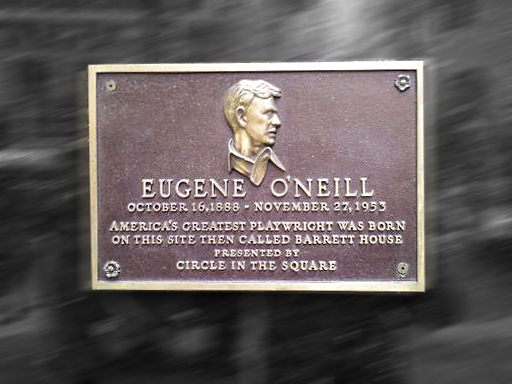 *****
*****

Long Day’s Journey Into Night can be seen in a full production, with period sets and costumes, and professional actors, at the San Miguel Playhouse, for three final performances between August 25 and 27, Friday and Saturday at 6pm, and Sunday at 2pm. This is the debut production of La Troupe, San Miguel’s first bilingual theater company. The play will be presented in Spanish, as Largo Viaje Hacia La Noche, but projected English supertitles will make the play fully accessible to all native English-speakers in San Miguel.
Tickets for seats with clear supertitle visibility are 300 and 200 pesos. For seats with limited supertitle visibility, tickets are 100 pesos. The box office, open Monday through Friday from 10am to 2pm, is at 57 Mesones, corner of Relox. Tickets can also be purchased on line by visiting La Troupe’s website, www.latroupemexico.com.
www.latroupemexico.com
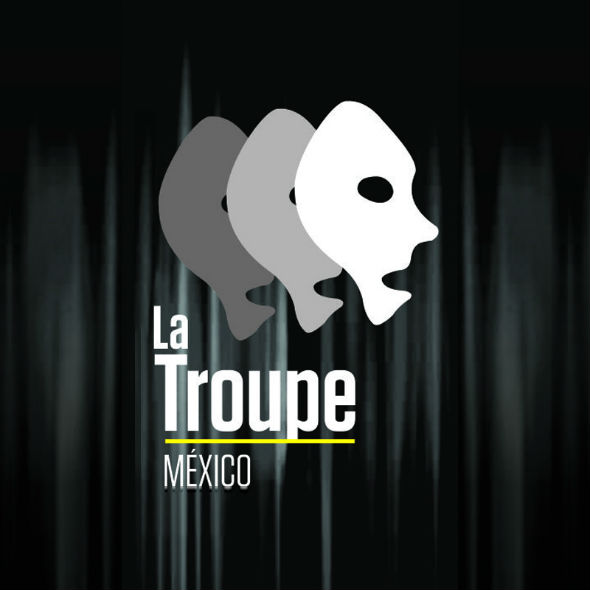
**************

Fredric Dannen is a journalist and author with a specialty in criminal justice. He has been a staff writer for the New Yorker and Vanity Fair.
In 1990, Hit Men, his book about the American music industry and the influence of organized crime, spent a month on the New York Times bestseller list. The book is #2 on Billboard's list of 100 Greatest Music Books of All Time. One of his Vanity Fair articles prompted the Sixth Circuit Court of Appeals to rebuke the U.S. Justice Dept. for fraudulently withholding exculpatory evidence in the case of Cleveland auto worker John Demjanjuk, who was extradited, wrongly convicted, and sentenced to hang in Israel as the Nazi war-criminal “Ivan the Terrible.” He secured the only interview given by Los Angeles police chief Daryl Gates on the heels of the infamous Rodney King beating, and the only interview ever given by crime boss Lorenzo Nichols, the crack kingpin of New York City.
While conducting research for a forthcoming book, Dannen uncovered lost evidence in the case of Calvin Washington, a Texan wrongly convicted of homicide. As the direct result of Dannen’s efforts, Calvin Washington won a full pardon for innocence, the first ever granted by Texas governor Rick Perry under the state’s DNA statute.
|